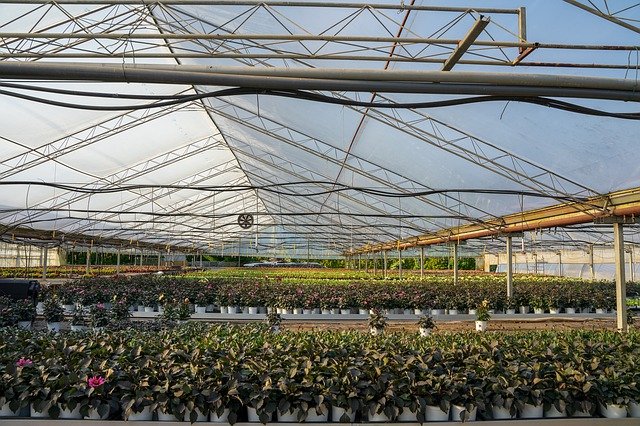New agreement provides California farmers with access to nanobubble irrigation technology
- April 14, 2021
- Posted by: Elaine Coles
- Category: Agriculture, Companies, Technology & Innovation, North America

Moleaer, the leading nanobubble technology company, has announced a new distribution agreement with Irrigation Design and Construction (IDC) to expand access to its award-winning and patented irrigation technology.
Via the partnership, California farmers and growers of outdoor row crops (lettuce, spinach, leafy greens, broccoli, carrots, celery, onions), permanent and specialty crops (wine and table grapes, berries, almonds, pistachios, olives, fruit trees, citrus trees, and avocados), and indoor, vertical farms and greenhouses, will now have access to Moleaer’s nanobubble technology.
Crops irrigated with Moleaer’s nanobubble technology have:
- More efficient nutrient uptake and water usage
- Increased yields of up to 50%
- Improved capillary root development
- Increased resilience to high heat up to 110°F
- Reduced Pythium levels of up to 94%
Moleaer delivers the results by injecting trillions of oxygen-rich nanobubbles into the irrigation water supply increasing the dissolved oxygen (DO) levels. Sustaining dissolved oxygen (DO) levels mitigate algae growth, providing an advanced chemical-free oxidant that eliminates pathogenic microorganisms and harmful bacteria in the irrigation water supply.
Foodborne pathogens including E. coli and Listeria have been observed to be reduced and effectively eliminated by nanobubbles. Nanobubbles also provide a consistent flow of oxygen, increasing root zone oxygenation and plant nutrient uptake. The outcome is healthier, more resilient plants, increased crop yields, and decreased time to cultivation.
In California, more than 80% of the water supply is directed to the agricultural sector – the State is increasingly prone to droughts driven by climate change, with farmers required to grow more with less water.
Moleaer’s nanobubble technology provides farmers with a solution that improves irrigation water by increasing nutrient uptake and water usage, heat resilience, and yield outputs, and a reduction in soil compaction. Moleaer’s patented nanobubble generators—the Clear, Bloom, and Neo—have already been installed at over 200 indoor agriculture facilities and outdoor farms globally.
“As California is on the verge of another prolonged drought, our farmers and growers need the tools and technology to efficiently use the limited water resources provided. Moleaer’s nanobubble technology is proven to be a superior product for improving nutrient uptake and water usage while also drastically reducing the risk of pathogens and harmful bacteria, such as Pythium and Phytophthora” said Frank Toves, Regional Manager, IDC.
Nicholas Dyner, CEO of Moleaer commented:
“Water is our most important natural resource, and increasingly is becoming scarce input for our agriculture and food industries. Our new partnership enables us to combine the expertise that IDC Supply has in automating irrigation systems with our award-winning technologies to improve the water quality and efficiency for growing fresh, healthy food in California.”
Crops irrigated with Moleaer’s nanobubble technology have:
- More efficient nutrient uptake and water usage
- Increased yields of up to 50%
- Improved capillary root development
- Increased resilience to high heat up to 110°F
- Reduced Pythium levels of up to 94%
Moleaer delivers the results by injecting trillions of oxygen-rich nanobubbles into the irrigation water supply increasing the dissolved oxygen (DO) levels. Sustaining dissolved oxygen (DO) levels mitigate algae growth, providing an advanced chemical-free oxidant that eliminates pathogenic microorganisms and harmful bacteria in the irrigation water supply. Foodborne pathogens including E. coli and Listeria have been observed to be reduced and effectively eliminated by nanobubbles. Nanobubbles also provide a consistent flow of oxygen, increasing root zone oxygenation and plant nutrient uptake. The outcome is healthier, more resilient plants, increased crop yields, and decreased time to cultivation.
